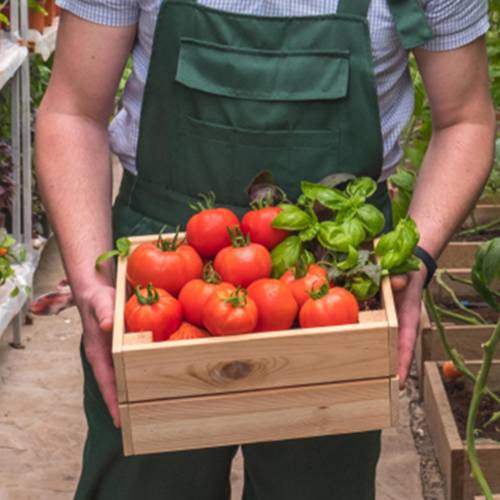- 150m Southwards, West DingWei Road, Nanlou Village, Changan Town, GaoCheng Area, Shijiazhuang, HeBei, China
- monica@foundryasia.com
Oct . 16, 2024 12:20 Back to list
Using Cast Iron Pans to Bake Delicious Bread and Other Baked Goods
The Versatility of Cast Iron Pans for Baking Bread
When it comes to baking bread, enthusiasts often seek the perfect combination of texture, flavor, and crust. One tool that has gained immense popularity among home bakers is the cast iron pan. Not only does it provide exceptional heat retention, but it also offers versatility that can enhance the overall baking experience. In this article, we'll explore the benefits of using cast iron pans for baking bread and share some tips on how to make the most of this incredible kitchen tool.
Why Choose Cast Iron?
Cast iron pans have been beloved by cooks for centuries due to their durability and versatility. When it comes to baking, they excel in providing even heat distribution. This property is crucial for achieving a beautifully baked loaf of bread. Unlike some other materials, cast iron does not create hot spots; instead, it ensures that the bread bakes uniformly, resulting in a perfect crust that is crispy on the outside yet soft and tender on the inside.
Another significant advantage of cast iron is its ability to retain heat. This characteristic allows the pan to stay hot longer, providing a consistent temperature that is essential for bread baking. The high heat retention promotes effective oven spring, which is the initial rise of the dough during the first minutes of baking. This rise is crucial for developing the bread's structure and improving its overall texture.
Creating the Perfect Crust
For many bread aficionados, the crust is one of the most defining features of a loaf. The combination of high heat and moisture creates a desirable crust that is crunchy and flavorful. Cast iron pans can achieve this effect remarkably well. When using a cast iron Dutch oven for baking, the steam generated from the dough trapped inside creates a humid environment ideal for crust development. This steam helps to create a beautifully caramelized crust while allowing the bread to rise fully.
Tips for Baking Bread in Cast Iron Pans
cast iron pan for baking bread products

1. Preheat the Pan To get the best results, preheat your cast iron pan in the oven before adding your dough. This helps to ensure that the bread begins baking immediately, contributing to the desired oven spring and crust formation.
2. Use Proper Techniques When placing the dough into the hot pan, be cautious to avoid burns. Utilize parchment paper for easier transfer and to prevent sticking. Simply lift the dough using the paper and place it directly into the preheated pan.
3. Experiment with Different Recipes Cast iron pans are extremely versatile; try baking different types of bread, from rustic sourdough to classic baguettes. Each recipe may require slight adjustments in baking time and temperature, so feel free to experiment to find the optimal settings for your favorite breads.
4. Care for Your Cast Iron To ensure longevity, maintain your cast iron pan properly. Avoid soaking it in water or placing it in the dishwasher. Instead, clean it with warm water and a stiff brush, and re-season it occasionally to keep it in peak condition.
5. Use a Lid (If Available) If your cast iron pan has a lid, use it for the first half of the baking time. This will trap steam and help create that perfect crust. Remove the lid later on to allow the crust to brown beautifully.
Conclusion
Baking bread in a cast iron pan opens up a world of possibilities for both novice and seasoned bakers. With its unmatched heat retention and even cooking capabilities, a cast iron pan is an invaluable tool for achieving the ideal loaf. By following some simple tips and techniques, you can elevate your bread-baking skills and enjoy delicious homemade loaves that boast fantastic crusts and textures. Embrace the charm of cast iron baking, and let your creativity flow as you explore the wonderful world of bread making!
-
Best Cast Iron Frying Pan for Induction Cooktop – Durable & Non-Stick Skillet Supplier
NewsJul.08,2025
-
Best Cast Iron Skillet Quality High Performance Cookware for Grill, Pizza, & Stir-Fry
NewsJul.08,2025
-
Premium Cast Iron Pan Set – Durable, Nonstick & Versatile Cookware for All Kitchens
NewsJul.08,2025
-
Blue Cast Iron Dutch Oven – Premium Enamel Cookware for Kitchen & Baking
NewsJul.07,2025
-
Best Enamel Dutch Oven for Bread - White Enamel Cast Iron Dutch Oven Service & Pricelist
NewsJul.07,2025
-
3.5 Qt Enameled Cast Iron Dutch Oven – Durable, Versatile & Stylish Cookware for Every Kitchen
NewsJul.07,2025